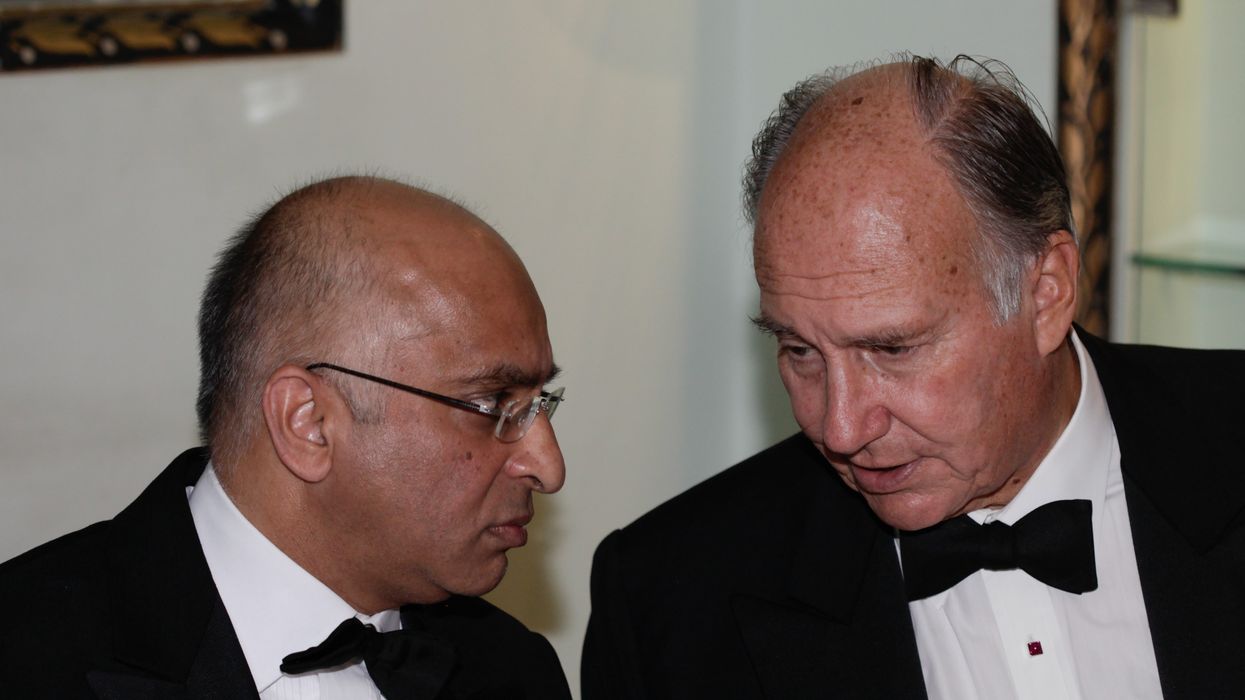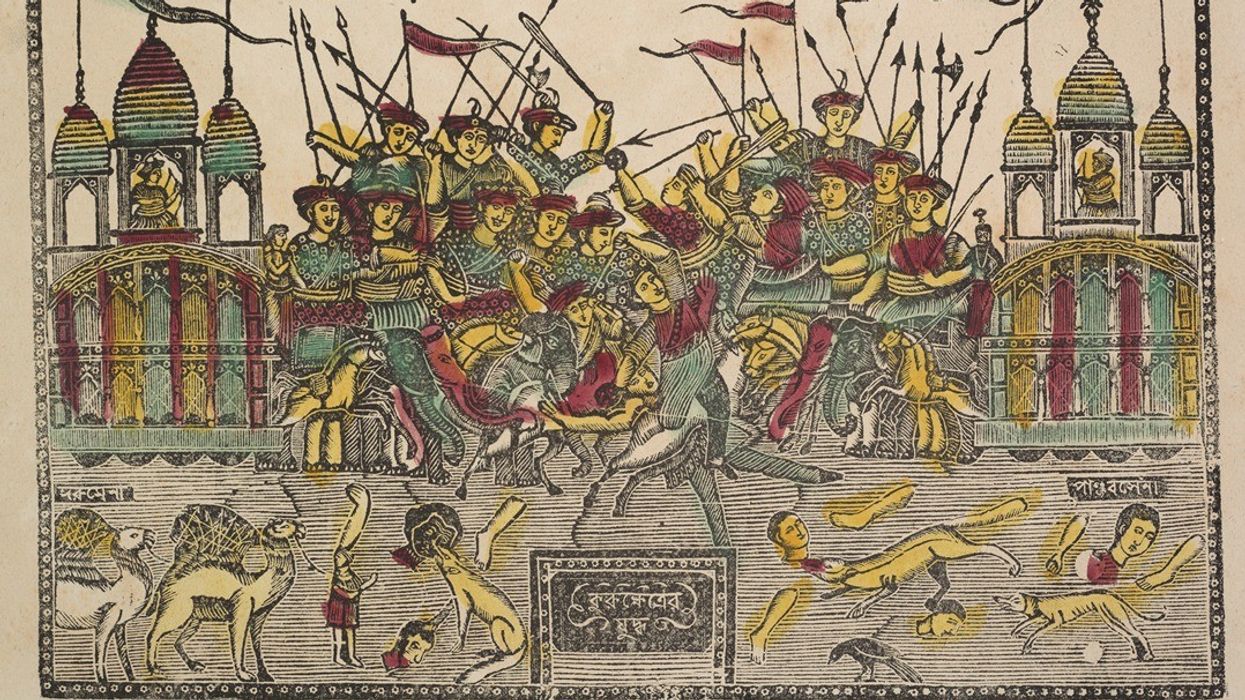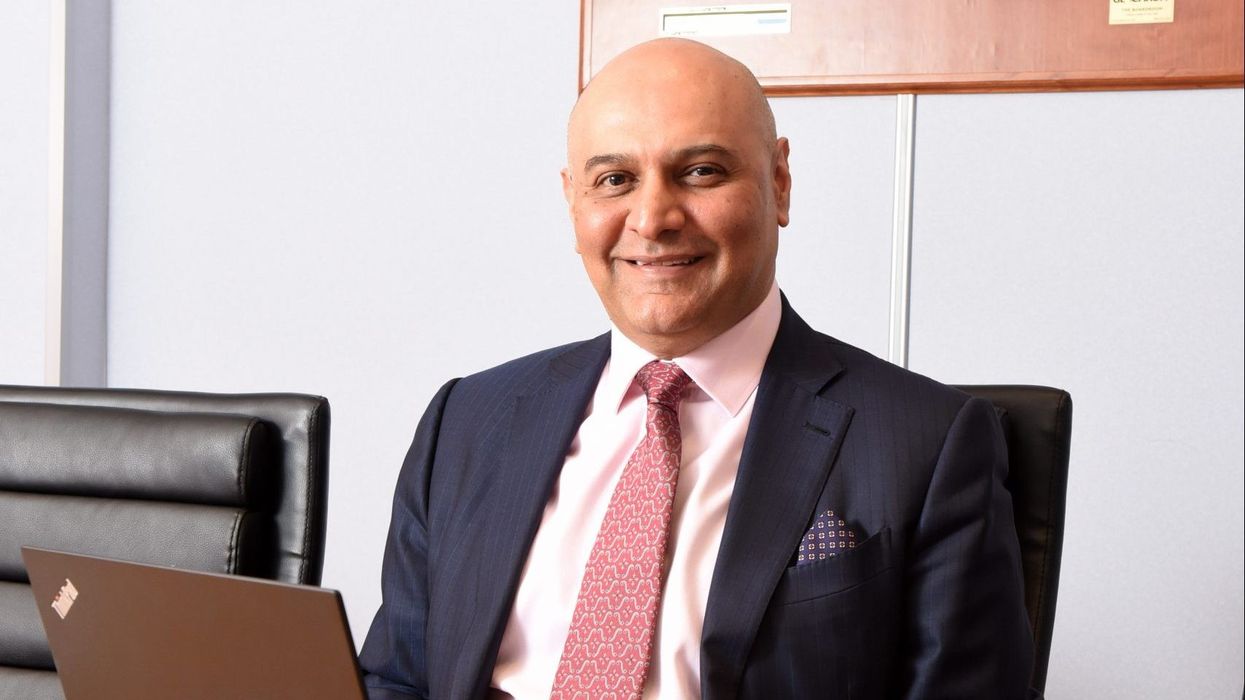IT WAS with great sadness that we heard of the passing of His Highness the Aga Khan in Lisbon last Tuesday (4).
It was also with great joy that we heard the following day of the appointment of Prince Rahim Aga Khan as the new spiritual leader of the global Ismaili community of more than 14 million people around the world.
Prince Karim Aga Khan IV had led his people and community for over 67 years since his appointment on July 11, 1957. Prince Rahim, 53 years old, has very large shoes to fill.
There are moments in life that leave us changed forever – moments that define not just our material world, but the very essence of who we are. The passing of His Highness Prince Karim Aga Khan IV is one such moment. It is not just a loss – it is the departure of a luminous soul whose life’s work illuminated the path for millions. He was a constant reminder of the need to truly balance one’s material well-being with one’s spiritual well-being and to understand through faith a higher meaning.
He was one of the world’s great leaders and he will be sorely missed. His leadership was not just a guiding force; it was the embodiment of service, humility, and purpose. His vision was never about power or prestige, but about empowerment, dignity and opportunity for those often forgotten.
He saw the unseen, heard the unheard, and lifted those whom the world too often left behind.
Whether standing before world leaders or in a classroom of young children, his message was the same – every individual matters, every life holds promise, and every act of service is a step towards a more just and humane world.
He taught us the power of service and volunteering, which is the basic tenet of the Ismaili community. In learning to serve others, we learn to serve ourselves.
He was a man of many interests and great intellect and curiosity. His passions were education and architecture. I will always remember our discussions about architecture and the Aga Khan Award for architecture. His attention to the greatest detail never ceased to amaze me. A man with so much on his shoulders and yet with the time, patience, and passion to see beauty and grace in the smallest of details.
In times of an absence of great leaders, his spirit will be felt for generations to come for people all over the world.
It was through his vision and mentoring that my family established The Rumi Foundation in 2006.
His son, Prince Rahim Aga Khan, had not only the great privilege to be mentored and tutored by his father, but carries with him the great Ismaili tradition and lineage that goes right back to the Prophet Muhammad.
As Ismailis, we are very fortunate to have a young, dynamic leader to lead us through these turbulent times.













Anurag Bajpayee's Gradiant: The water company tackling a global crisis